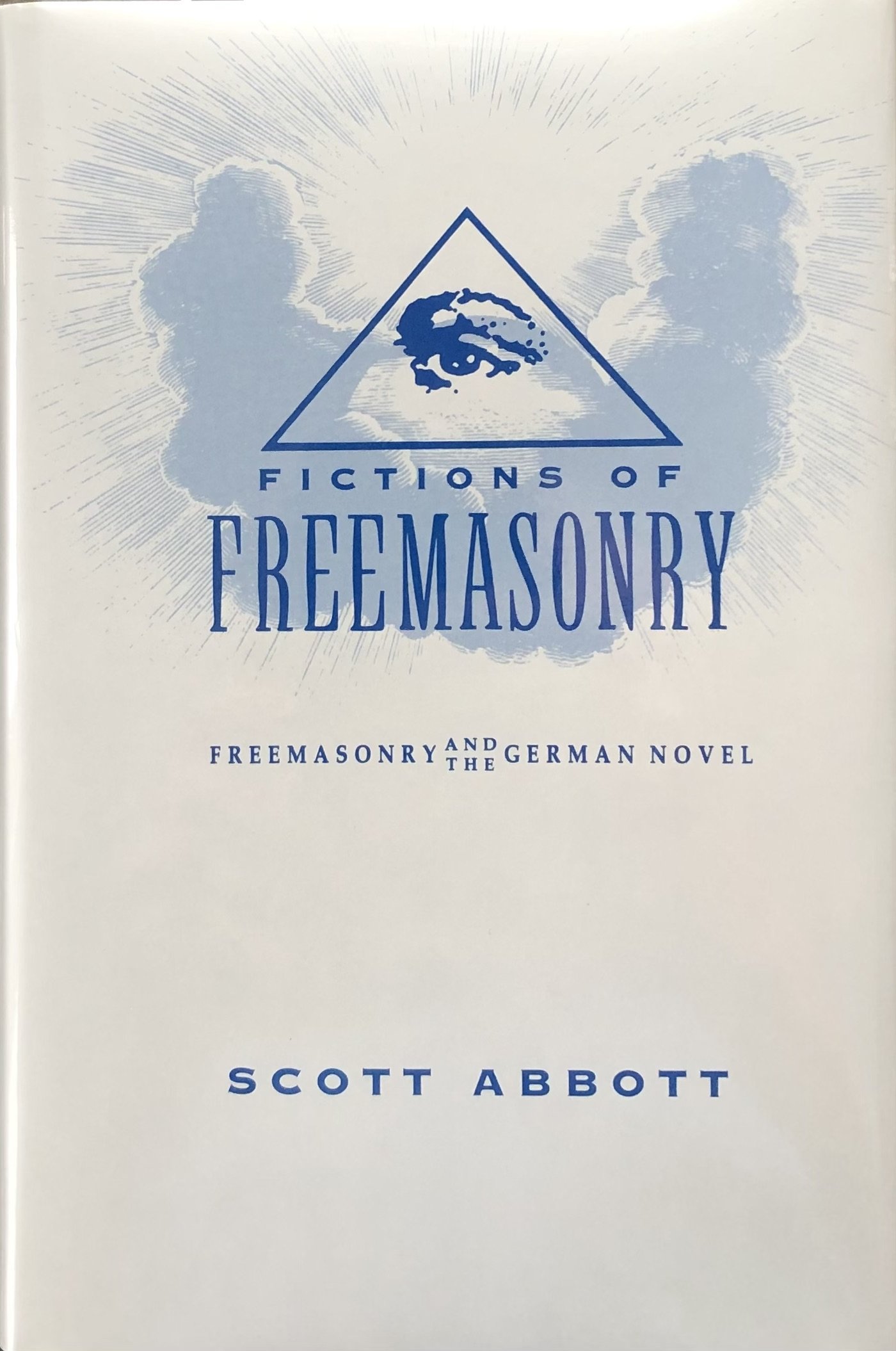The syllables of the word Araby were called to me through the silence in which my soul luxuriated and cast an eastern enchantment over me. I asked for leave to go to the bazaar on Saturday night. My aunt was surprised and hoped it was not some Freemason affair.
—James Joyce, “Araby”
Barbed wire is made of two strands of galvanized steel wire twisted together for strength and to hold sharp barbs in place. As creative advertisers sought ways to make an inherently dangerous product attractive to customers concerned about the welfare of their livestock, the fence accrued a fascinating and troubling range of meanings.
In The Perfect Fence, Lyn Ellen Bennett and Scott Abbott explore multiple uses and meanings of barbed wire. They survey the vigorous public debate over the benign or “infernal” fence, investigate legislative attempts to ban or regulate wire fences as a result of public outcry, and demonstrate how the industry responded to ameliorate the image of its barbed product.
Because of the rich metaphorical possibilities suggested by a fence that controls through pain, barbed wire developed into an important motif in works of literature as diverse as The Virginian, The Grapes of Wrath, Wise Blood, The Monkey Wrench Gang, Ceremony, and “Brokeback Mountain.” Tropes first exploited by advertisers became staples of American literature as writers explore ranching, native, gender, and religious identities suggested, proscribed, contested, and enforced by “the thorny fence.”
Early advertisements proclaimed that barbed wire was “the perfect fence," keeping “the ins from being outs, and the outs from being ins.” Bennett and Abbott conclude that while barbed wire is not the perfect fence touted by manufacturers, it is indeed a meaningful thing that continues to influence American identities.



